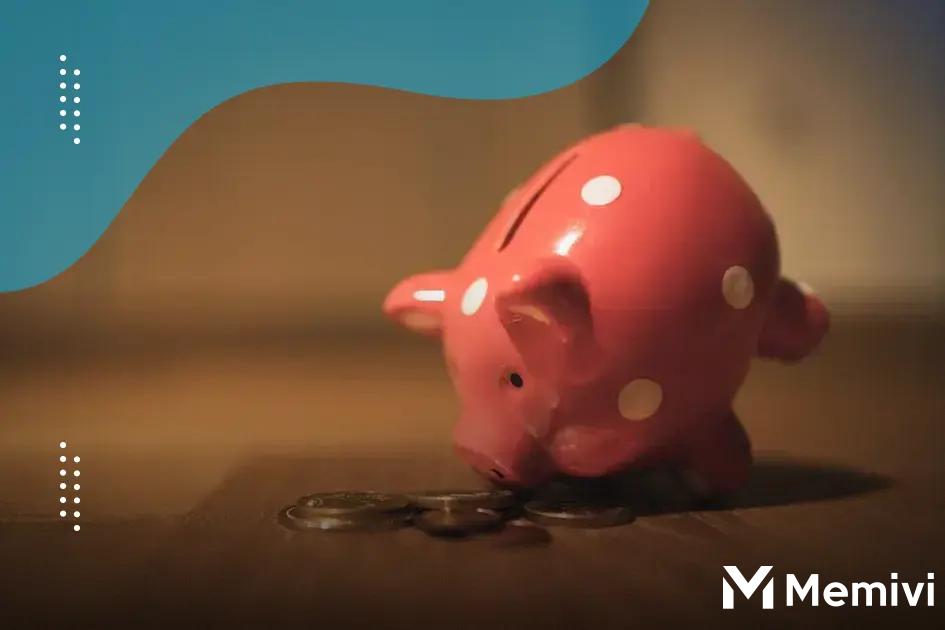Financial stability starts with understanding and building your emergency fund. In this article, we will explore essential aspects such as the basics of an emergency fund, how to start one, common mistakes, and how to maximize its benefits. Read on to secure your financial future.
Understanding the Basics of Your Emergency Fund
An emergency fund is a crucial component of financial security, acting as a safety net for unexpected expenses. It is designed to cover unforeseen costs, such as medical emergencies, sudden car repairs, or job loss. Maintaining this fund is essential before embarking on investment ventures. The primary objective is to have readily accessible cash that can sustain you during financial surprises without the need to incur debt.
Why It’s Important
Your emergency fund ensures that you do not have to dip into your investments or savings during urgent situations, thus maintaining the integrity of your long-term financial goals. It also empowers you by giving you the peace of mind that you can handle emergencies without financial strain.
How Much Should You Save?
Experts recommend setting aside three to six months’ worth of living expenses. However, the exact amount should reflect your individual circumstances, such as your income stability, monthly expenses, and existing financial obligations.
To effectively build your emergency fund, start by analyzing your monthly expenses and setting a realistic savings goal. Storing this money in a separate savings account ensures it remains untouched until truly needed, maximizing its availability.
How to Start Building Your Emergency Fund

Building an emergency fund is a crucial step in financial planning and serves as a financial safety net. It helps you manage unexpected expenses without derailing your long-term goals. Starting is easier than you might think. Begin by setting a clear goal. Your fund should cover essential living expenses for at least three to six months. This can include rent, utilities, groceries, and medical bills.
Create a Budget: Examine your monthly income and expenses. Determine how much you can realistically set aside each month. Consistency is key, so prioritize your contributions to the fund just like any other essential expense.
Open a Dedicated Savings Account: This keeps your emergency fund separate from your regular checking account. Opt for a high-yield savings account to maximize interest earnings.
Automate Your Savings: Set up automatic transfers from your checking account to the savings account. This ensures regular contributions and helps with building discipline.
Start Small and Increase Gradually: It’s okay to start with smaller contributions. What matters is building momentum and increasing the amount as your financial situation improves.
Curb Non-Essential Spending: Cut back on expenses that can be avoided, like dining out or subscriptions you don’t use often. Redirect these funds to boost your emergency savings.
Building an emergency fund requires commitment and discipline. Remember, the peace of mind it provides is worth the effort. Focus on incremental progress, and over time, you’ll have a robust safety net that sets the foundation for future investments.
Common Mistakes and How to Avoid Them
One frequent mistake when starting an emergency fund is underestimating the amount needed. It’s essential to calculate your monthly expenses accurately to ensure your fund is sufficient for at least three to six months. Failing to do so can leave you vulnerable if unexpected events arise.
Another common pitfall is not keeping the emergency fund liquid. Ensure your funds are easily accessible, such as in a savings account, to avoid delays when emergencies happen. Investing emergency savings in stocks or long-term bonds can tie up your money, making it difficult to access quickly in a crisis.
Consistency in saving is crucial. Skipping monthly contributions to your emergency fund is a mistake many make. Setting up automatic transfers from your checking account to your savings can help maintain discipline and ensure regular contributions.
Also, don’t dip into your emergency fund for non-emergencies. It’s tempting to use it for other expenses, but this defeats the purpose of having that financial safety net.
Maximizing the Benefits of Your Emergency Fund

Once you have established a robust emergency fund, it’s crucial to leverage its full potential. Start by reviewing your fund allocation regularly. An emergency fund shouldn’t just be stored in a regular savings account; consider options like a high-yield savings account or a money market fund for better returns. Be mindful of account transfer and withdrawal terms to avoid any penalties during emergencies.
Utilizing Your Emergency Fund Effectively
When an emergency strikes, draw from your fund wisely. Prioritize genuine emergencies, such as medical and unexpected home repairs. Avoid lifestyle expenses; remember, your fund is your financial safety net. After utilizing any funds, replace them promptly to continue enjoying financial security.
Another essential step is to automate contributions. Setting up automatic transfers from your checking account ensures you continuously maintain or grow your emergency reserves. This approach fosters a habit of saving, helping you to stabilize your finances effortlessly. Maintain a target balance that aligns with your current lifestyle needs, aiming for 3 to 6 months’ worth of expenses.


 The 5 Financial Habits That Will Make You a Better Investor <p class='sec-title' style='line-height: normal; font-weight: normal;font-size: 16px !important; text-align: left;margin-top: 8px;margin-bottom: 0px !important;'> Discover how to transform your financial future by adopting The 5 Financial Habits everyone needs </p>
The 5 Financial Habits That Will Make You a Better Investor <p class='sec-title' style='line-height: normal; font-weight: normal;font-size: 16px !important; text-align: left;margin-top: 8px;margin-bottom: 0px !important;'> Discover how to transform your financial future by adopting The 5 Financial Habits everyone needs </p>  Get Paid to Shop: The Best Cash Back Apps for Everyday Purchases <p class='sec-title' style='line-height: normal; font-weight: normal;font-size: 16px !important; text-align: left;margin-top: 8px;margin-bottom: 0px !important;'> With various platforms and opportunities, you can enjoy your favorite pastime and earn money at the same time </p>
Get Paid to Shop: The Best Cash Back Apps for Everyday Purchases <p class='sec-title' style='line-height: normal; font-weight: normal;font-size: 16px !important; text-align: left;margin-top: 8px;margin-bottom: 0px !important;'> With various platforms and opportunities, you can enjoy your favorite pastime and earn money at the same time </p>  Unlocking Your Bank’s Mobile App: 10 Features You Should Be Using <p class='sec-title' style='line-height: normal; font-weight: normal;font-size: 16px !important; text-align: left;margin-top: 8px;margin-bottom: 0px !important;'> Unlocking your bank's mobile app can seem daunting, but understanding its features can greatly enhance your banking experience </p>
Unlocking Your Bank’s Mobile App: 10 Features You Should Be Using <p class='sec-title' style='line-height: normal; font-weight: normal;font-size: 16px !important; text-align: left;margin-top: 8px;margin-bottom: 0px !important;'> Unlocking your bank's mobile app can seem daunting, but understanding its features can greatly enhance your banking experience </p>